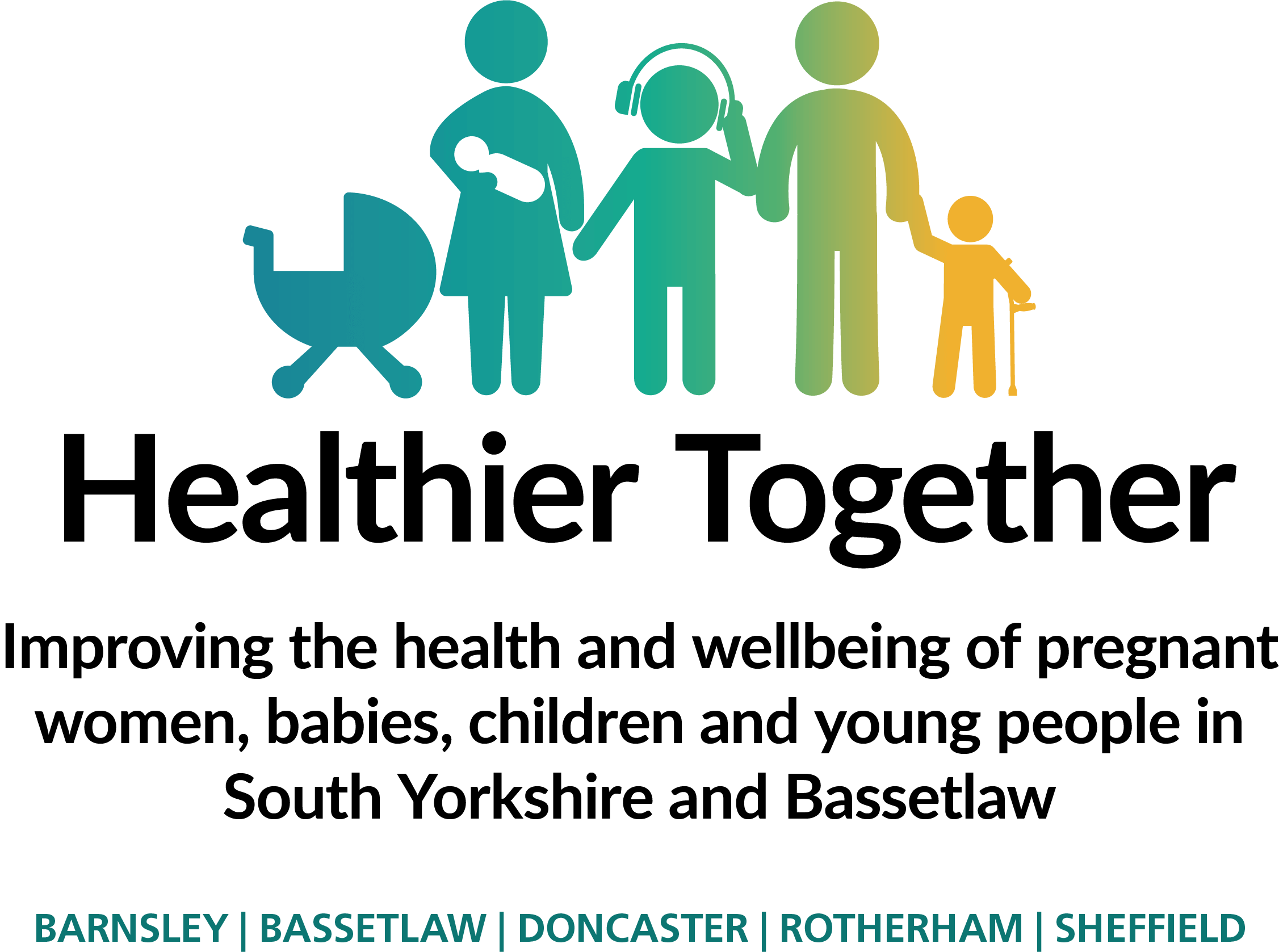Up until your child’s Virtual Fracture Clinic appointment the Emergency Department is responsible for your child’s cast. If you are worried please come back for review.
Virtual Fracture Clinic contact information can be found here
If you require urgent attention Out of hours, please return to the Emergency Department
What is a plaster cast for?
A plaster cast is applied when your child has a fractured (broken) bone, following a soft tissue injury or following an operation. This will stop the affected part of the body moving to assist the healing process.
Plaster of Paris cast
- Typically, the Emergency department will use ‘Plaster of Paris’ as a short-term cast until review by the Virtual Fracture Clinic team.
- This type of cast takes 48 hours to dry completely.
- During this time DO NOT rest the cast on any hard surfaces, as it can cause dents and ridges, which can in turn can cause a pressure sore in the underlying skin.
- Please note you cannot walk on leg casts even once fully dried. This is likely to cause the plaster to crack and it will no longer fully support the fractured bone.
What do I need to do?
It is normal for your child to feel uncomfortable and have some pain whilst in the cast. Regular simple painkillers such as paracetamol and ibuprofen will help to reduce this.
It is very important to move all the joints in the arms or legs, other than those included in the cast. Encourage your child to move the joints above and below the cast. Discomfort must not be a reason to prevent them from doing this.
DO’s and DON’T’s
- DO keep the limb raised to reduce swelling and boost circulation. This will help to reduce discomfort and pain.
- DO rest arms on a pillow with the hand above the level of the heart at night. Likewise elevate toes at night to heart height.
- DO keep the plaster cast dry as it will soften and crack if wet.
- DO NOT get the plaster wet. Baths or showers should only be taken if the cast is covered by a waterproof plaster shield, which can be purchased online.
- DO NOT walk on leg casts. This will cause the plaster to crack and it will not support the fracture adequately.
- DO NOT place a pillow directly under the heel when elevating legs as this may cause a pressure sore.
- DO NOT trim or reshape your child’s cast. This may damage the integrity of the cast and reduce its’ ability to keep the fracture stable.
- DO NOT place anything inside the cast. If the skin is damaged it may cause an infection.
You should return if:
- The cast becomes loose or cracked, soft or too tight.
- Fingers or toes turn blue or white, feel cool to the touch and/or a tingling sensation is experienced (pins and needles).
- Fingers or toes become swollen and do not return to normal when the limb is elevated.
- An item has been pushed down inside the cast.
- The cast is rubbing, causing a burning or blistering like pain. This may indicate a pressure sore is developing.
- The skin surrounding the cast is sore or broken.
- There is discharge, wetness or an unpleasant smell coming from inside your cast.
- Your child experiences increased pain that does not resolve with simple painkillers such as paracetamol or ibuprofen.



